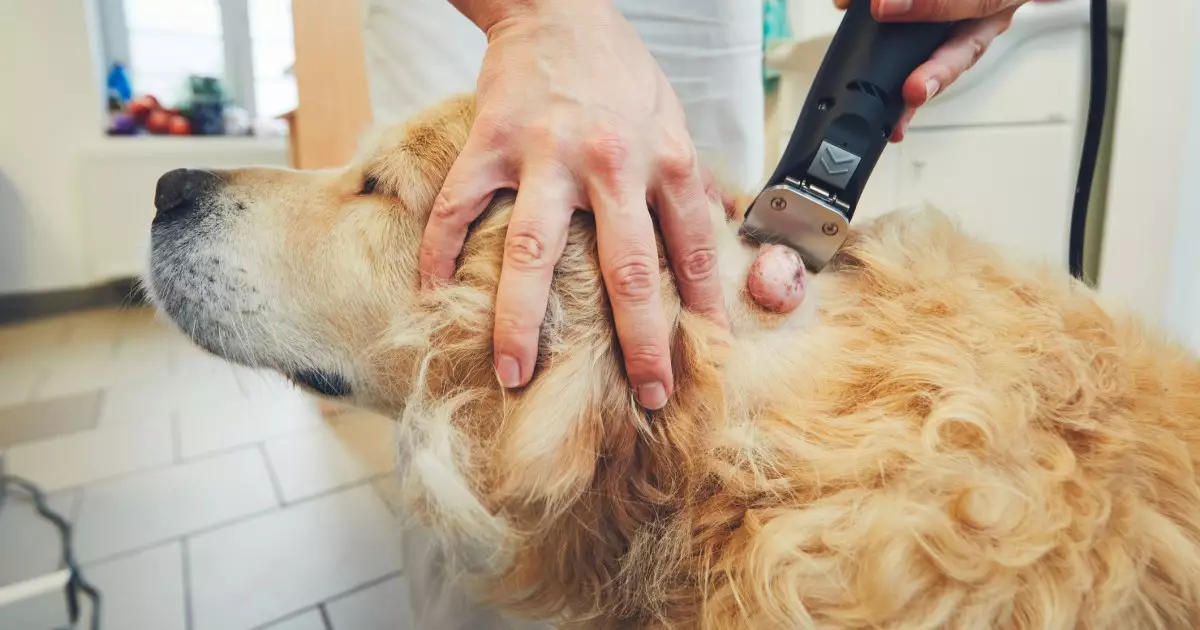The diagnosis of cancer in dogs is an emotional ordeal that many pet owners dread. According to statistics from the National Canine Cancer Foundation, approximately one in every three dogs will face this life-altering illness during their lifetime. Both purebred and mixed-breed dogs are susceptible to various cancers, with specific breeds like Great Danes, Saint Bernards, Boxers, Boston Terriers, and Golden Retrievers being at higher risk. While age is a significant factor, with older dogs more commonly affected, improved veterinary care and nutrition have resulted in longer lifespans, increasing the chances of developing cancer.
Defining Canine Cancer
To fully grasp the implications of this diagnosis, it is essential to understand what cancer means within the context of canine health. Essentially, cancer is a pathological condition characterized by uncontrolled cellular growth, which can lead to the invasion of nearby tissues and potential metastasis, where the cancer spreads to distant parts of the body. This disease can manifest in various forms, categorized broadly as localized or generalized, and is typically multifactorial, meaning no single cause has been identified. Genetic predisposition and environmental influences appear to play significant roles in a dog’s likelihood of developing cancer.
Based on data from the American Kennel Club’s Canine Health Foundation, various cancer types are prevalent among dogs. These include:
– Hemangiosarcoma
– Lymphoma
– Malignant Histiocytosis
– Mammary Cancer
– Mast Cell Tumors
– Melanoma
– Osteosarcoma
– Prostate Cancer
– Transitional Cell Carcinoma
Each type of cancer presents unique challenges and may require different treatment strategies. Understanding these types can help dog owners be more vigilant in recognizing symptoms.
Early detection is perhaps the most critical factor influencing the treatment and prognosis of canine cancer. Pet owners should stay attuned to changes in their dog’s health, as catching the disease in its initial stages can significantly improve the likelihood of effective treatment. A common indicator of possible cancer is the presence of a lump or mass, which may not immediately cause discomfort to the animal. However, not all lumps are indicative of cancer; thus, any abnormalities should prompt a consultation with a veterinarian.
The National Canine Cancer Foundation outlines several warning signs that may suggest cancer in dogs, including:
– Persistent swelling that does not subside
– Non-healing sores
– Noticeable weight loss
– Reduced appetite
– Unexplained bleeding or discharge
– Unpleasant odors emanating from the body
– Difficulty with eating or swallowing
– Reluctance to engage in physical activity
– Ongoing lameness or stiffness
– Difficulty in breathing, urinating, or defecating
Any of these symptoms warrant an immediate visit to the veterinarian, as timely intervention can be pivotal.
In the unfortunate event that a cancer diagnosis occurs, seeking a second opinion from a veterinary oncologist can provide clarity and additional treatment options. While some cancers can be treated through surgery, chemotherapy, radiation, or immunotherapy, many cases may not be curable and instead require a focus on palliative care, aimed at managing pain and maintaining quality of life. Decisions regarding treatment can be profoundly challenging, with some pet owners choosing comfort care over aggressive treatment.
Although not all cancers are preventable, certain measures can be taken to lower the risk. For example, spaying or neutering dogs at a young age can significantly decrease the risk of developing reproductive cancers. Additionally, some veterinarians recommend nutritional supplements rich in vitamins A, C, E, alongside other antioxidants like beta carotene and lycopene, as they may help bolster a dog’s immune defenses. Regular exercise and a balanced diet are also believed to contribute positively to overall health and may reduce cancer susceptibility.
Understanding canine cancer empowers dog owners to be vigilant and proactive about their pets’ health. With awareness, early detection, and proper consultation, there is hope for managing this devastating disease. Ultimately, fostering a loving and health-conscious environment for dogs not only enhances their quality of life but can also play a vital role in mitigating the risk of cancer.

